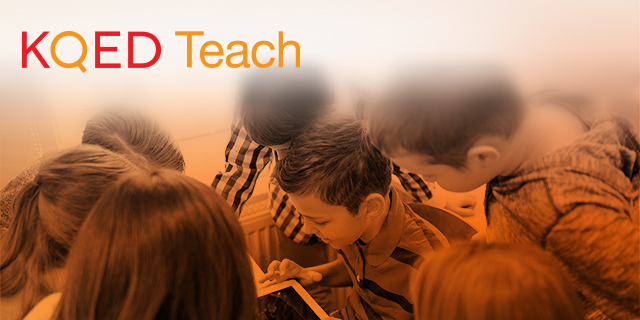Educators are now under more pressure than ever to integrate digital media into their instruction. Classroom sets of iPads or Chromebooks or [fill in technology here] now sit in many classrooms waiting to be used effectively for tasks beyond research and word processing (though those are important tasks, too).
There are certainly many educators who are diving in and integrating media literacy meaningfully in the classroom. But, for the most part, educators I work with are often worried they will fail, so they largely stay on the sidelines. If you’re one of these educators, then the standard worries will probably seem familiar: “My students know so much more than me, I’ll end up looking dumb,” “I can’t trust students to stay on task and not play games,” “I can’t fix it if it breaks,” “I don’t have time to teach with digital media – I have so much other material to cover” and “even if I could, I wouldn’t know where to start.”
Even though traditional literacy remains at the center of most instruction, today’s students (and educators), live in a world demanding additional new media literacy skills in addition to strong foundational skills of reading and writing. If we want our learning environments to be relevant and inspiring places where students prepare for the economic, social and cultural realities of today’s world, then developing media literacy is essential.
KQED Teach, our new online learning platform, will support educators’ growing media literacy needs by helping them develop the media skills necessary to bring media production to their learning environments.
KQED Teach courses are always free and self-paced so that you can learn what you want, when you want. They are designed around a simple learning cycle:
- Make a variety of digital media and gain confidence in the role of producer.
- Share your projects and discuss your learning and experiences integrating new skills in your learning environment, with a community of educators learning and developing with you.
- Then, Level up and Repeat.
KQED Teach courses focus on key digital literacies including participation in online communities, the ability to decipher and manipulate digital imagery in a variety of forms, and competence in both making original media and sharing it with audiences that matter.

